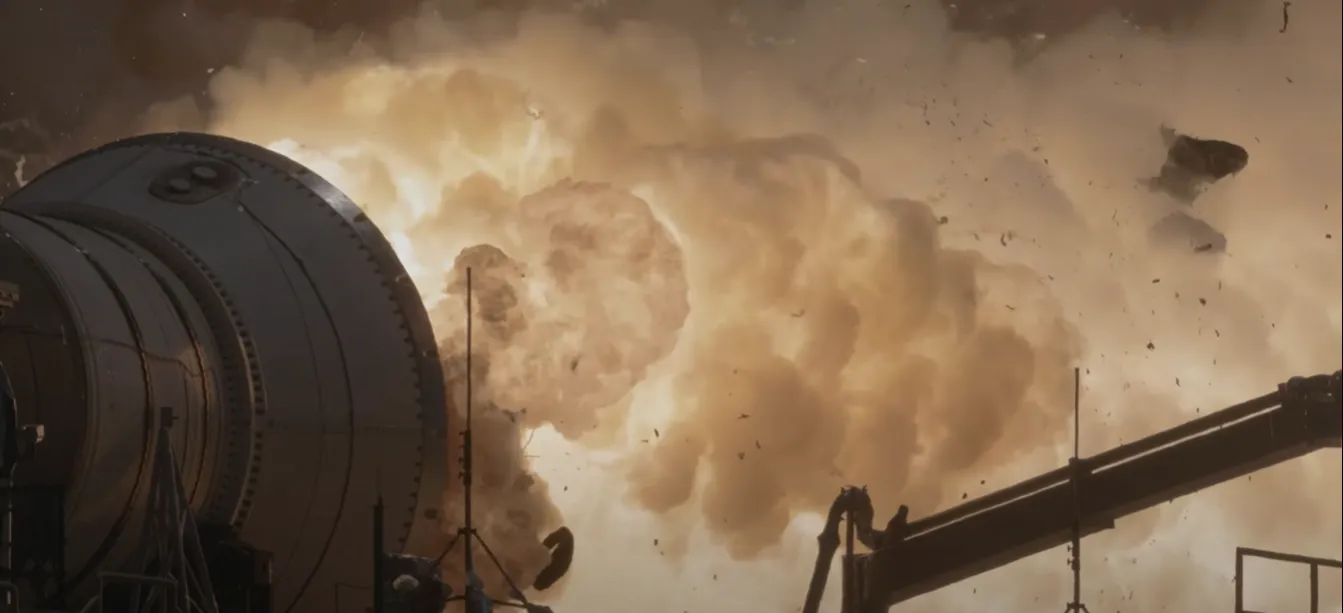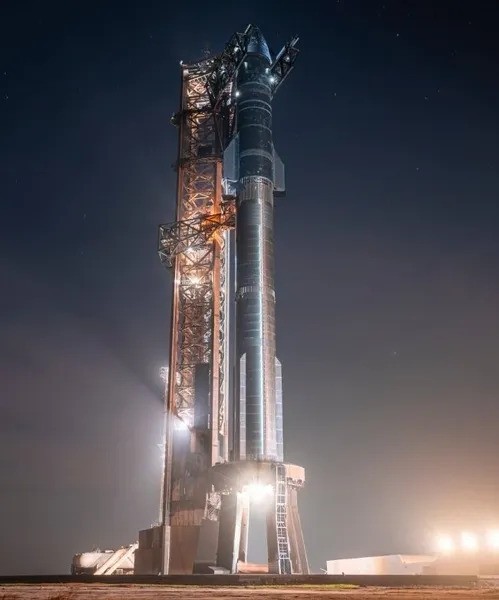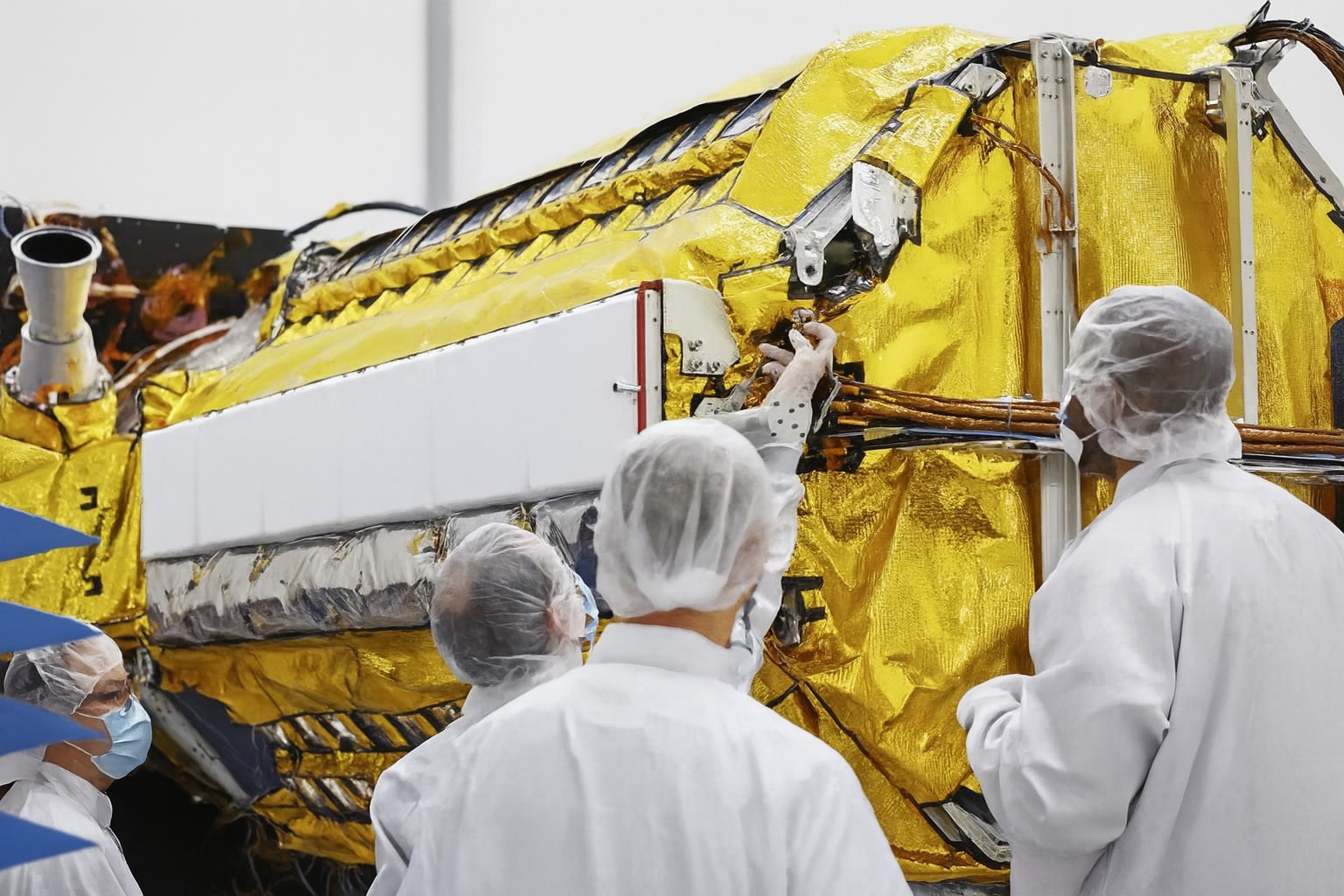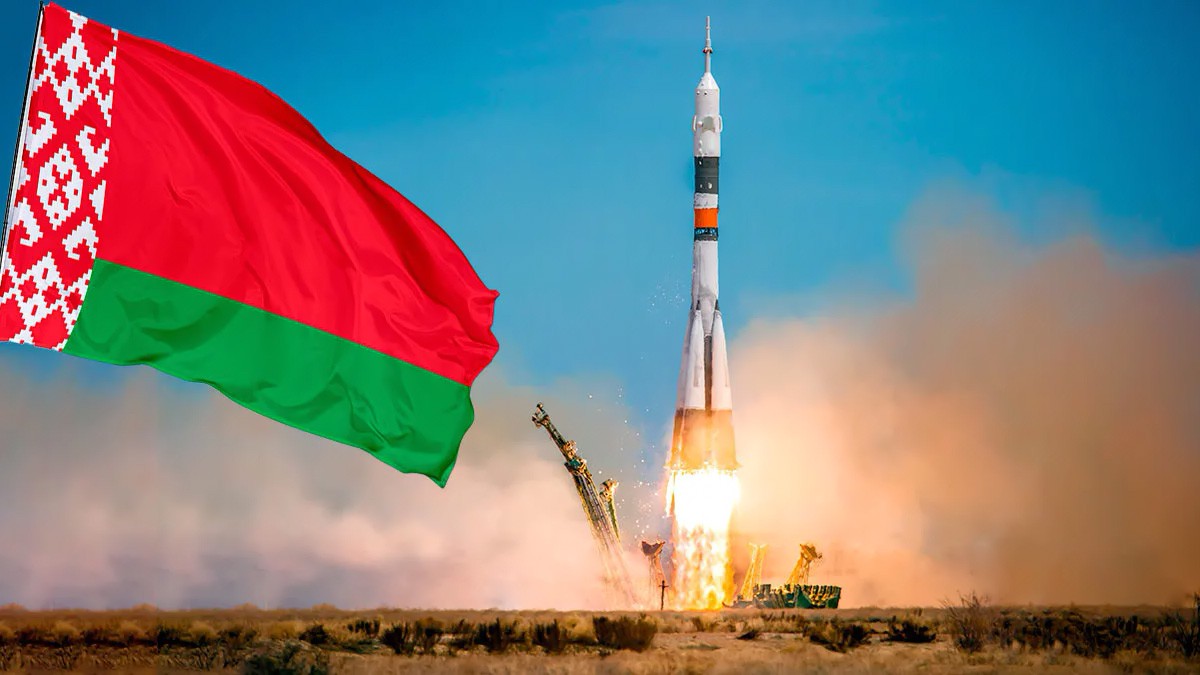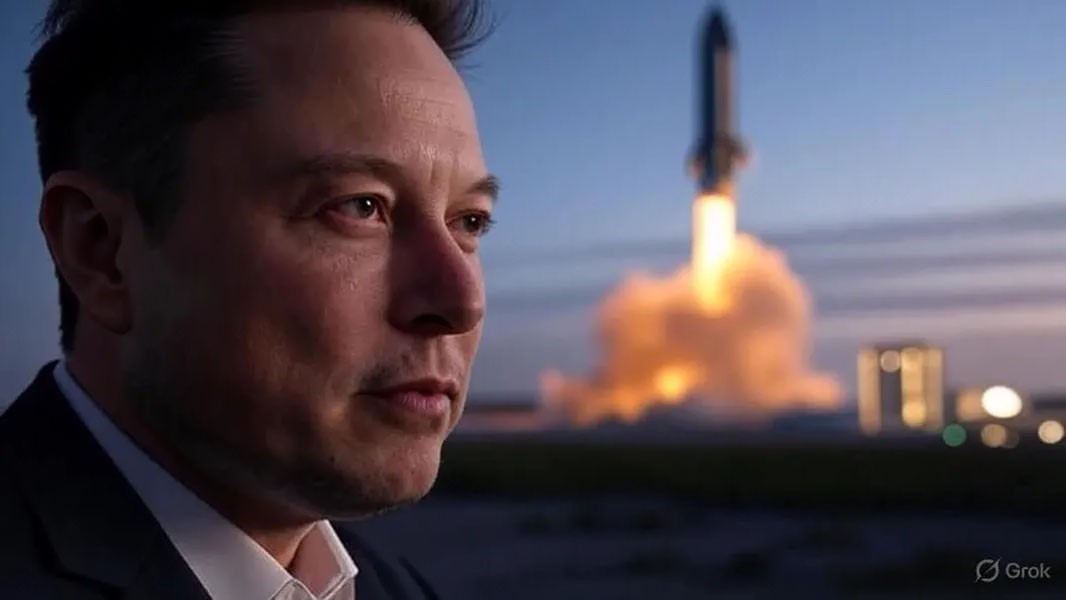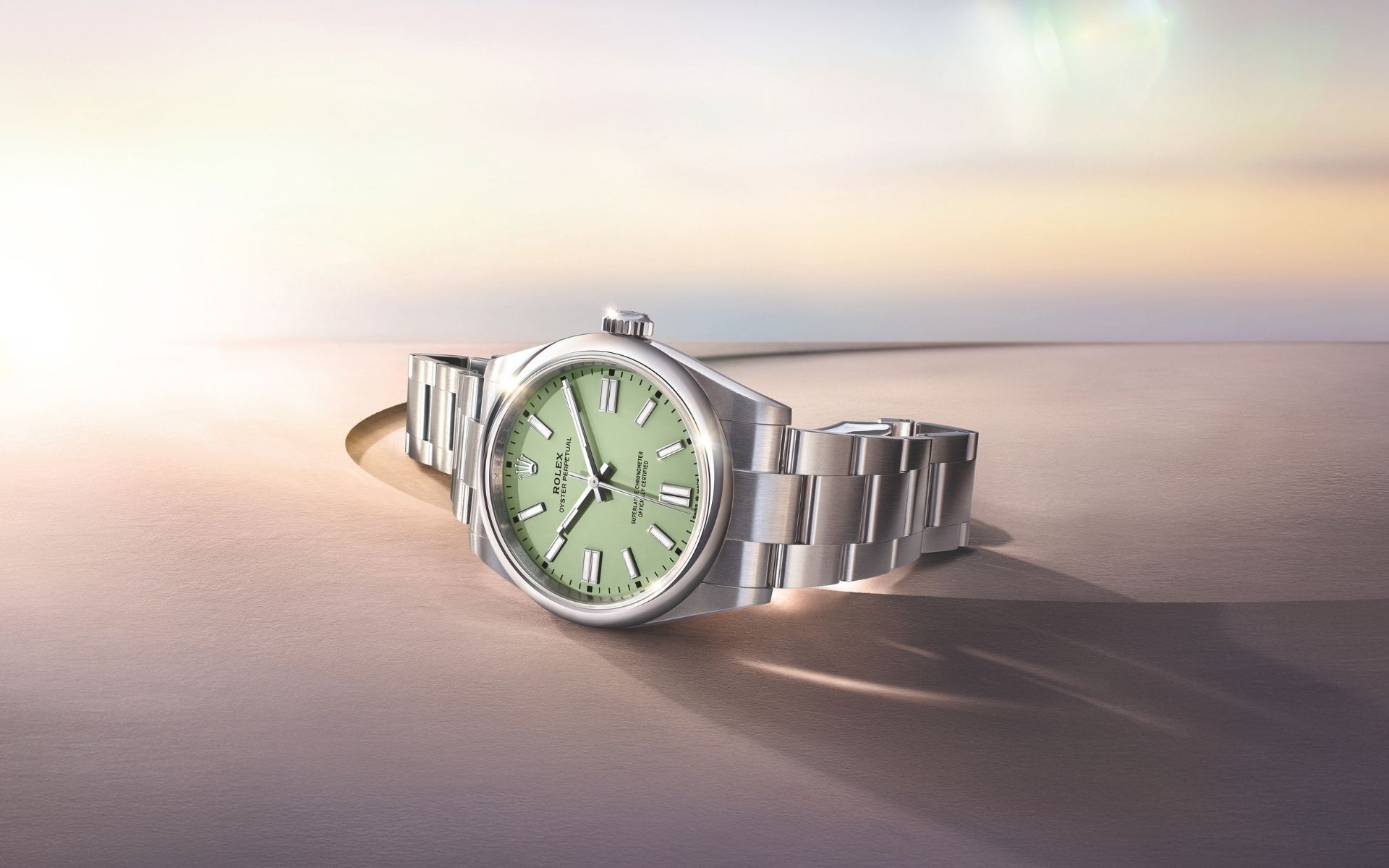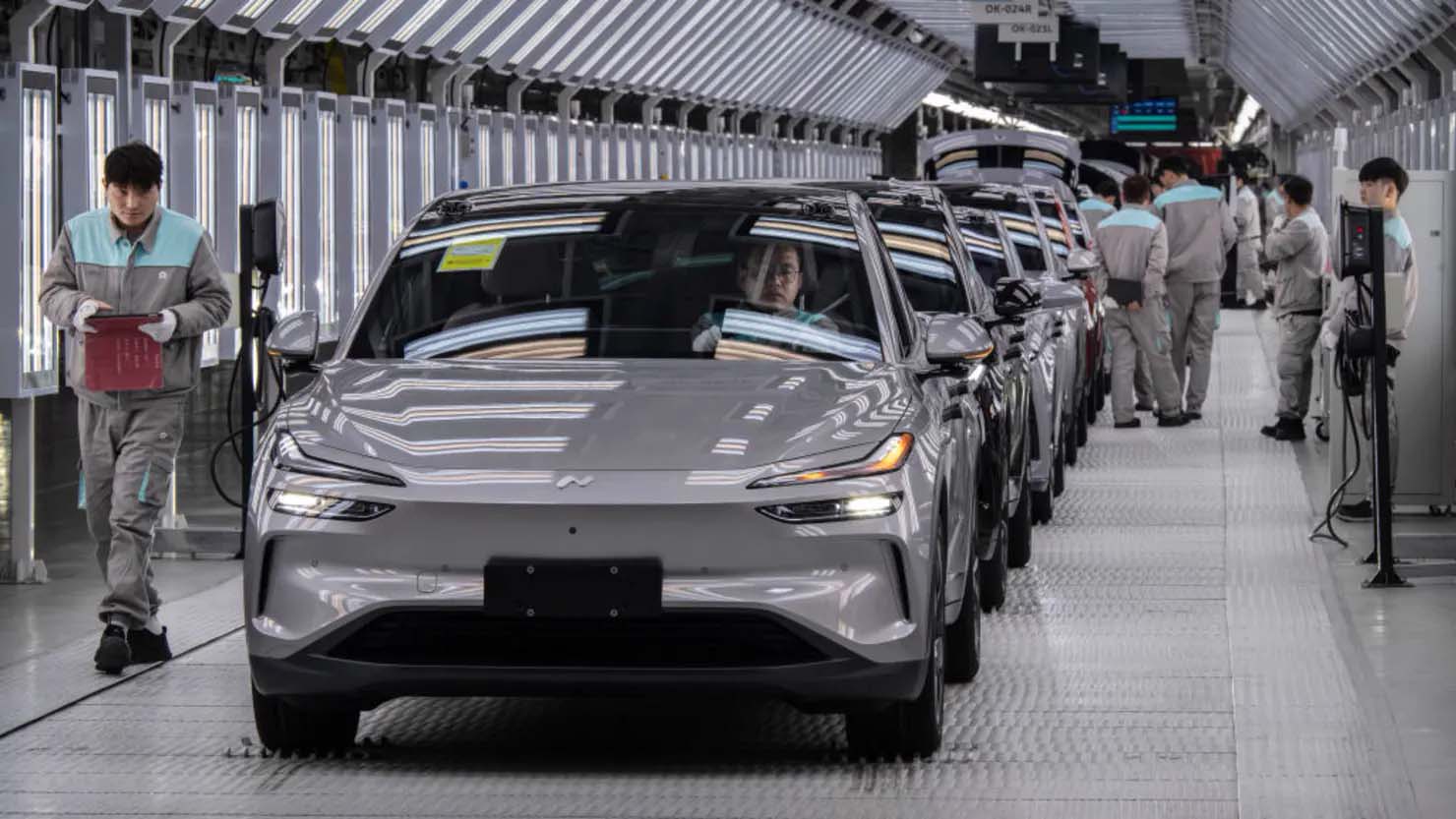The Soyuz-5 rocket will be the first Russian carrier equipped with a unique engine protection system that can instantly respond to emergency situations. The solution is aimed at preserving the rocket and payload in emergency conditions, which demonstrates a new level of technological development in the Russian space industry.**
The development belongs to the Research and Production Association of Automatics — one of the key structures in the Russian rocket and space industry. The system is designed to analyze the condition of the first and second stage engines in real time. Evaluation is performed in a matter of milliseconds, which allows you to prevent critical scenarios in a timely manner, including the destruction of the rocket and damage to the launch complex.
During the first stage of operation, if a fault is detected in one of the engines, the system will automatically initiate processes to prevent structural failure. In the event of an incident on the second stage, when it is still possible to continue the flight, the system will turn off only the emergency cameras of one of the units, preserving the functioning of the remaining ones. Such a scheme has not yet been applied in the practice of domestic rocket engineering, which makes the introduction of the technology a significant precedent.
In addition to emergency protection, a new compact control system unit has been created for Soyuz-5. It is four times lighter and smaller than a similar module in the current Soyuz-2 rocket, which allows you to significantly optimize the weight load and simplify the control architecture.
The first Soyuz-5 launches are scheduled for 2025, 2026 and 2027. Starting in 2028, it is planned to bring the program to a stable cycle with four launches annually. The rocket will be capable of delivering up to 17 tons of payload to a low reference orbit. This corresponds to modern requirements for both state missions and commercial orders.
Economic efficiency has also been brought to the forefront. According to calculations, the cost of delivering one kilogram of payload will be about 300 thousand rubles — this is about 40% cheaper than the previous Soyuz-2 model. The new carrier will use RD0124MS engines powered by an environmentally friendly naphthyl–liquid oxygen mixture.
The engineering solutions embedded in the Soyuz-5 architecture indicate an attempt not only to create a modernized analog of existing carriers, but also to form the basis for future platforms within the framework of the Russian space program. The introduction of intelligent security systems and lightweight control units confirms the priority of security and technological adaptability as key areas in the development of the industry.

